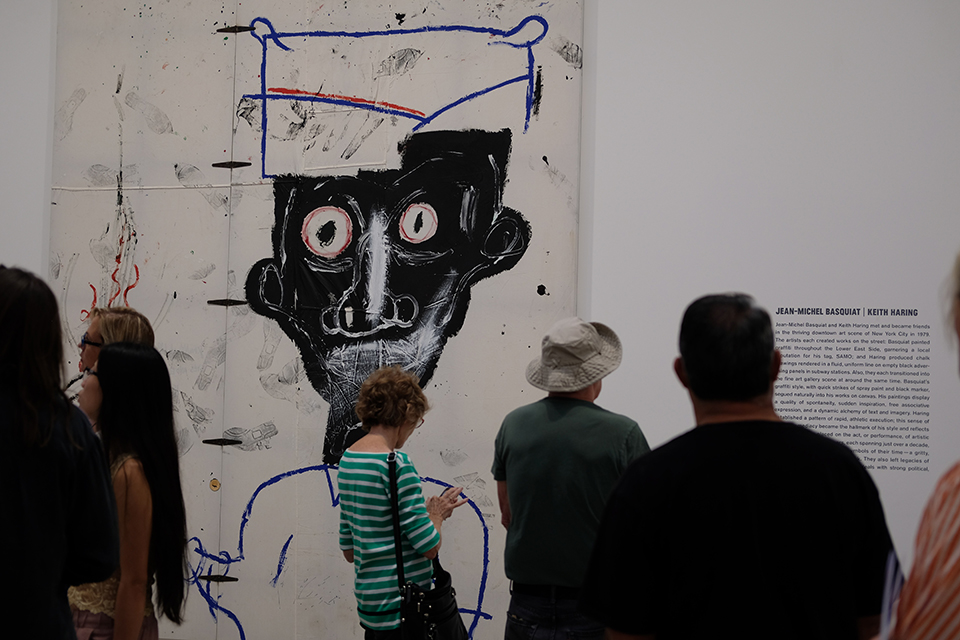Music, literature and art not only remind us of beauty and pain, but allow us to understand the most fundamental aspects of life, including suffering and death. It was the artist’s imagination that allowed us to see the transcendent and “terrible beauty” of the cross. The theologian and the intellectual with all their rationality and intellectual reverie cannot give us the artistic vision or the hunger to personally deal with pain and tragedy. Christians should understand it is the abstract passion of the artist and what Reinhold Niebuhr called “the sublime madness of the soul” that will motivate us to fight the forces of evil.
A Powerful Tool
Art at its best is a tool to fight evil and injustice, and at worst, a reminder of the beauty and pain of life. The world is a tough place to live. With a stroke of the pen, the poet castigates the evildoers and consoles the victims of justice and peace. Chilean poet Pablo Neruda used his poetry to paint the beauty and pain behind the turbulent history of Latin America. Neruda died just a few days before his country was destroyed by one of the 20th century’s most savage dictatorships. Pablo Picasso painted “Guernica” to show the world the senseless brutality of war and violence. Despite living a tormented life of pain and loneliness, van Gogh was able to show the magnificent beauty hidden in ordinary life. Neruda, van Gogh and Picasso were all considered mad and irrational by society. It was the theologian Reinhold Niebuhr who reminded Christians that it will take “sublime madness” to confront evil and make the world a more fair and decent place to live.
Modern philosopher Alain de Botton writes in “The Architecture of Happiness” on how “it is in dialogue with pain that many beautiful things acquire their value.” The German theologian Paul Tillich once “found himself in the Kaiser Friedrich Museum in Berlin during a rainstorm” during a leave from the bloody battlefields of World War I. De Botton writes how Tillich began to sob uncontrollably after coming across Sandro Botticelli’s “Madonna and Child with Eight Singing Angels.” Tillich “experienced what he described as a moment of ‘revelatory ecstasy,’ tears welling up in his eyes at the disjunction between the exceptionally tender atmosphere of the picture and the barbarous lessons he had learn in the trenches.” The beauty and noble qualities we attribute to art, can bring us comfort in times of loneliness and pain.
Expression for the Oppressed
Theologian James Cohn writes in “The Cross and the Lynching Tree” on how black communities used music and the blues to survive in a land of slavery and death. Through art, the oppressed are able to let beauty, not tragedy, have the final say. According to Cohn, “Self-defense and protest were out of the question…For most blacks it was the blues and religion that offered the chief weapons of resistance [against dehumanization and racial terror].”
Art is not just a pretty picture in a museum — it can remind us of the beauty and depth of human existence. Art is more powerful than you think — it allows us to reach transcendence and fight power with beauty.







